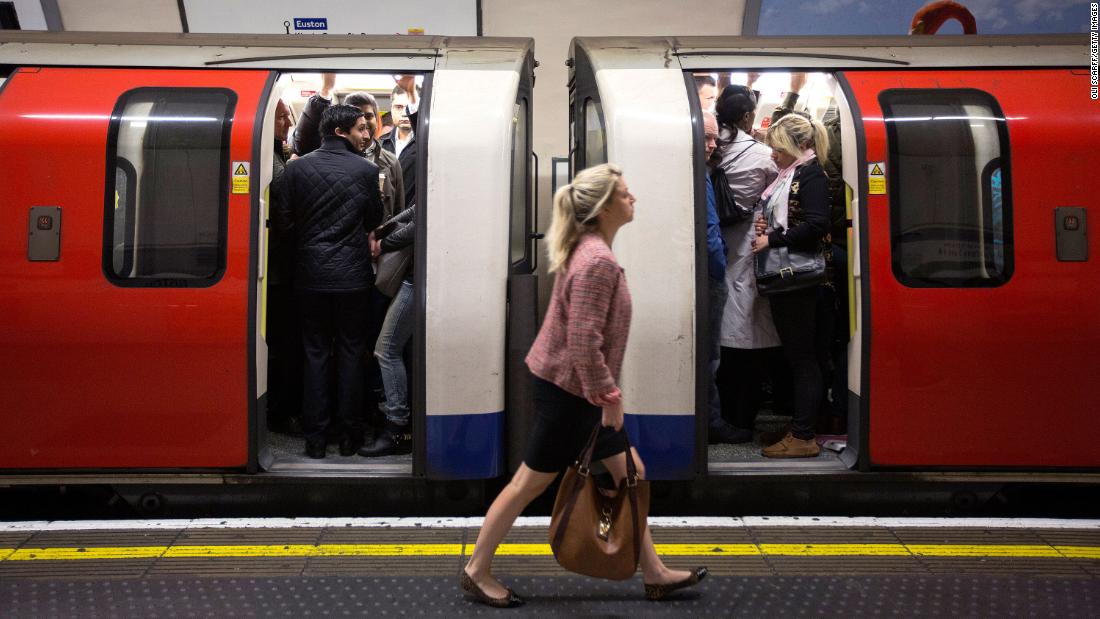In what is believed to be a world first, waste heat from the Northern Line is to be harnessed and channeled to homes and businesses in the borough of Islington, north London, by the end of the year.
The project is part of a scheme to provide cheaper and greener heat to dwellings in the area. Islington is already delivering heating to 850 homes by using green energy generated in the Bunhill Energy Centre, through a gas-combined heat and power (CHP) scheme. The expansion will now use a Northern Line ventilation shaft to pipe heat into the network.
Ramboll, the company commissioned to design and deliver the heating network, said in a press release that the project is the first in Europe to be “recycling waste heat from the London Underground” in order to provide “a low carbon, low cost heat source for local homes and businesses, largely existing council housing and leisure centers built in the 1930-1980s.”
It added that Northern Line passengers would also benefit from cooler tunnels as a result.
While studies have been undertaken elsewhere in the world into the viability of such a scheme, experts said they believed this was the first time one had been put into practice.
Overall, the Greater London Authority (GLA) estimates there is enough heat wasted in the British capital to meet 38% of its heating demand.
District heating schemes are popping up across the UK as the country keeps searching for different sources of renewable heat.
“Using surplus heat rather than wasting it is a great way to ensure that we cut carbon emissions whilst helping people stay warm at an affordable cost,” Lily Frencham, head of operations at the Association for Decentralised Agency, told CNN.
“It is fantastic that innovative projects like this one are being recognized for the benefits they are offering to local communities and the key contribution they can make to meeting our energy policy goals.”
Other types of “waste heat” that are used to warm homes in the UK and the rest of Europe include heat from factories, power plants, hospitals, disused mine shafts, and supermarkets, according to Sofia Lettenbichler, who works Euroheat & Power, the international network for district energy.
Lettenbichler told CNN she believes the “heat from the tube” project in London is a world first as it relied on a very advanced system of first generation heat pumps.
She added that differences in the heat generation of US subway systems meant they would not be suitable for home heating.
A February report by the British government’s Committee on Climate Change (CCC) said that starting from 2025, no new homes should be connected to the gas grid, and they should be heated using low-carbon energy sources instead.
This article was originally published by Cnn.com. Read the original article here.
